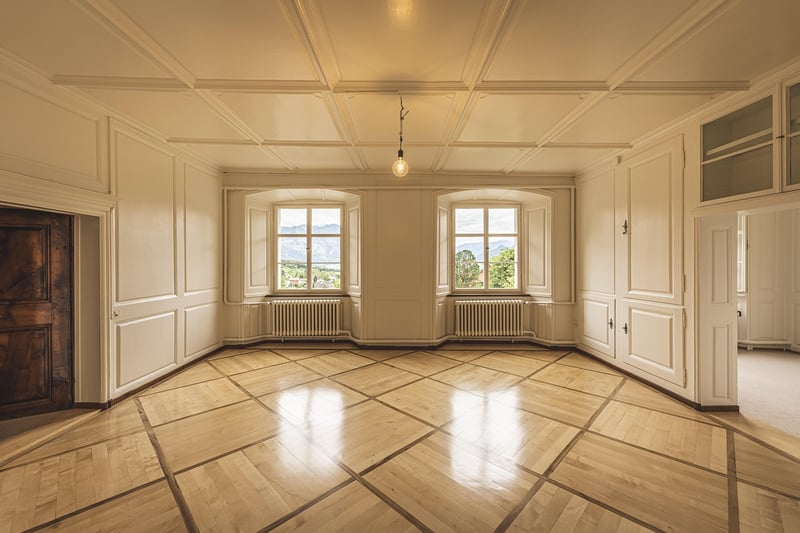Green Living Spaces
Design with the Environment in Mind: Green Living Spaces
Creating a green living space not only benefits the environment but also enhances the health and well-being of those who inhabit it. By incorporating sustainable design principles, eco-friendly materials, and energy-efficient practices, you can create a space that is both beautiful and environmentally responsible.
The Benefits of Green Living Spaces
- Improves indoor air quality
- Reduces energy consumption
- Minimizes waste and promotes recycling
- Saves money in the long run
- Creates a healthier and more sustainable living environment
Key Elements of Green Design
When designing a green living space, consider incorporating the following elements:
- Use of sustainable materials such as bamboo, reclaimed wood, and recycled glass
- Energy-efficient lighting and appliances
- Proper insulation to reduce heating and cooling costs
- Water-saving fixtures and appliances
- Indoor plants for improved air quality
Examples of Green Living Space Design
Here are some ideas to inspire your green living space design:
1. Vertical Gardens
Vertical gardens not only add a touch of greenery to your space but also help improve air quality and reduce stress.

2. Solar Panels
Installing solar panels can help reduce your reliance on non-renewable energy sources and lower your electricity bills.

3. Eco-Friendly Flooring
Choose flooring materials such as bamboo, cork, or reclaimed wood to create a sustainable and stylish living space.

Conclusion
Designing a green living space is not only beneficial for the environment but also for your own health and well-being. By incorporating sustainable practices and eco-friendly materials, you can create a space that is both stylish and environmentally responsible.
Make a conscious effort to design with the environment in mind and create a green living space that you can truly feel good about.
